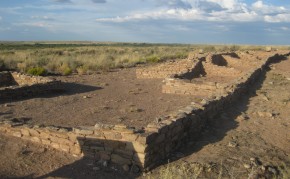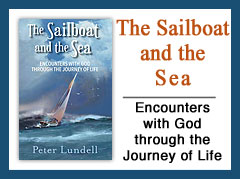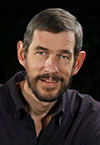Ancient America
 I’m standing on the ruins of an ancient civilization. In northeast Arizona.
I’m standing on the ruins of an ancient civilization. In northeast Arizona.
Artifacts found at more than 1000 sites in the surrounding area demonstrate that people lived here for more than 13,000 years. Archeologists call it a “persistent place,” a location where repeated human activity continues through time. But today no one lives here. It is a desolate grassland.
The village stood next to the Puerco River that at the time served as a travel corridor to many people living all along the river. Surrounding the village would have been fields of corn, beans, and squash. The people scratched petroglyphs on the rocks, including an exact marker of the summer and winter solstices.
I imagined a boy and girl playing, a man trudging in from the fields, another carrying fish from the river, women weaving baskets and stirring pots. Normal daily life for them. I closed my eyes and could almost hear them calling to one another, laughing, and talking around fires in the evening. All on this very spot. Why did they leave—or die out? What calamity befell them that they couldn’t see coming? How could they have lived here for more than 13,000 years and then disappear?
All gone. Thirteen thousand years of living here. Only ruins left behind.
I wondered at the gravity of it all: Are we so different?
Who do we think we are we as a civilization? What do we live for? Our own civilization hasn’t been around for a fraction as long as theirs. And we seem to be on a fast track for wearing out the entire earth.
It made me think of how temporary we are.
And how important it is to live for something beyond ourselves.
“As for man, his days are like grass,
he flourishes like a flower of the field;
the wind blows over it and it is gone,
and its place remembers it no more.
But from everlasting to everlasting
the Lord’s love is with those who fear him,
and his righteousness with their children’s children.”
—Psalm 103:15–17







